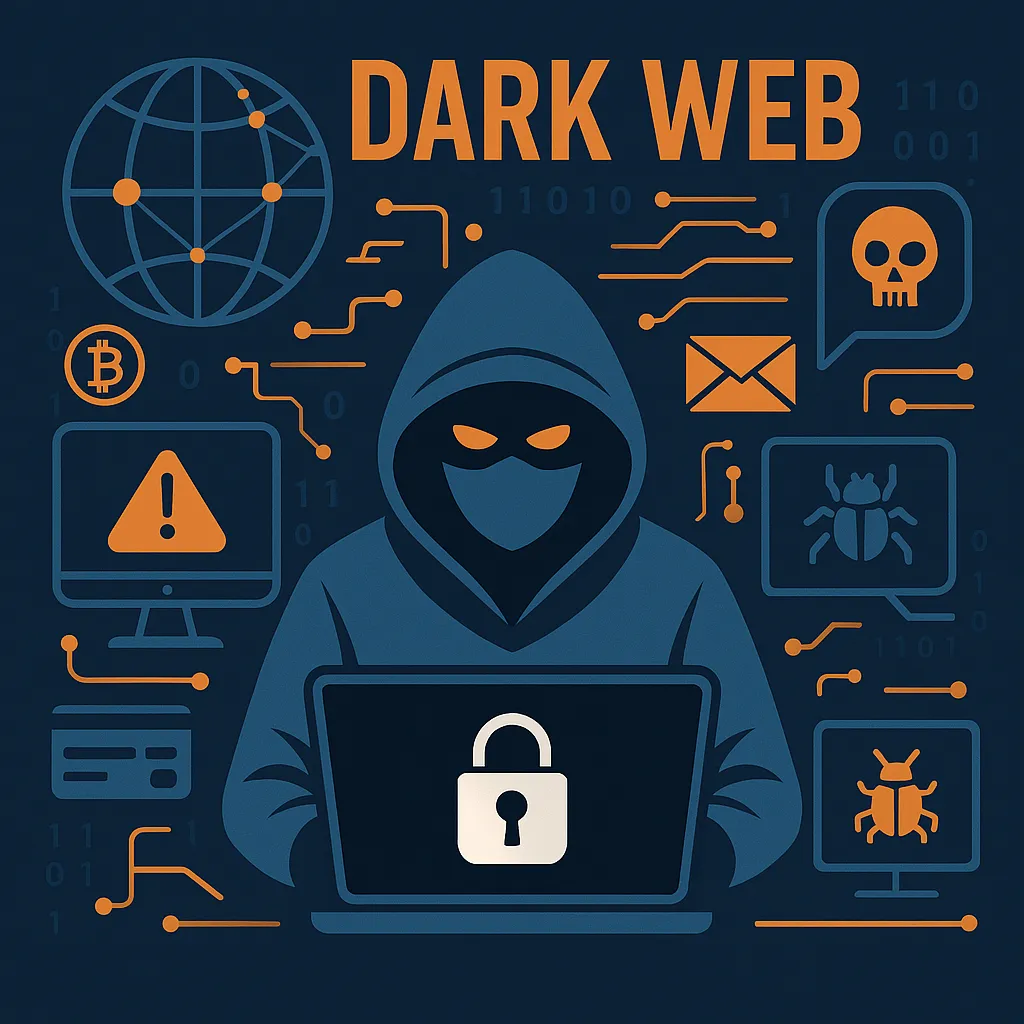Navigating the Dark Corners of the Web: Unpacking Cybercrime and its Implications
In recent times, the digital realm has unraveled as both a stage for technological advancement and a playground for cybercriminals. This blog post aims to demystify the workings of cybercrime, bringing to light how malicious actors exploit technology to perpetrate crimes, the role of authorities in countering such threats, and the importance of personal and organizational cybersecurity hygiene.
Cybercrime Explained
Cybercrime involves criminal activities where computers and networks are used as tools, targets, or places of criminal activity. These activities can range from illegal access and theft of digital information to the sale of prohibited goods on cyber platforms.
Recent Incidents of Cybercrime
Instances of notable cyber incidents provide a vivid picture of the cybercrime landscape. For example, a rat named Dark Strom's Android RAT, highlights the sophistication of modern cyber-attacks. Remote Access Trojans (RATs) like this one, allow cybercriminals remote administrative control over the infected device, often leading to data theft and financial loss.
Furthermore, the perseverance of hackers is underscored by an incident where a jailed hacker accessed prison systems, illustrating vulnerabilities even within secure environments (link).
Mass Data Breaches and Sales
The massive scale of data scraping as seen with the 489 million Instagram accounts listed for sale (link) highlights the vast marketplace for illegally obtained data on the dark web. Such breaches pose a severe risk of identity theft and financial fraud for individuals whose information is compromised.
The Role of Authorities
Authorities worldwide have increasingly been cracking down on cybercrime. A noteworthy success story includes the takedown of the 'Crimemarket' website by German authorities, which disrupted a significant cybercriminal network (link).
Protecting Yourself and Your Organization
To mitigate the risk of cybercrime, individuals and organizations should adopt proactive cybersecurity practices. This includes regular updates of software, training on phishing and other fraudulent schemes, and the use of strong, variable passwords. Engagement with cybersecurity professionals to evaluate and strengthen defenses is also crucial.
Conclusions and Takeaways
Cybercrimes, with their increasing complexity and frequency, highlight the critical need for enhanced cybersecurity practices at both individual and organizational levels. By staying informed and vigilant, one can significantly mitigate the impact of these crimes.

